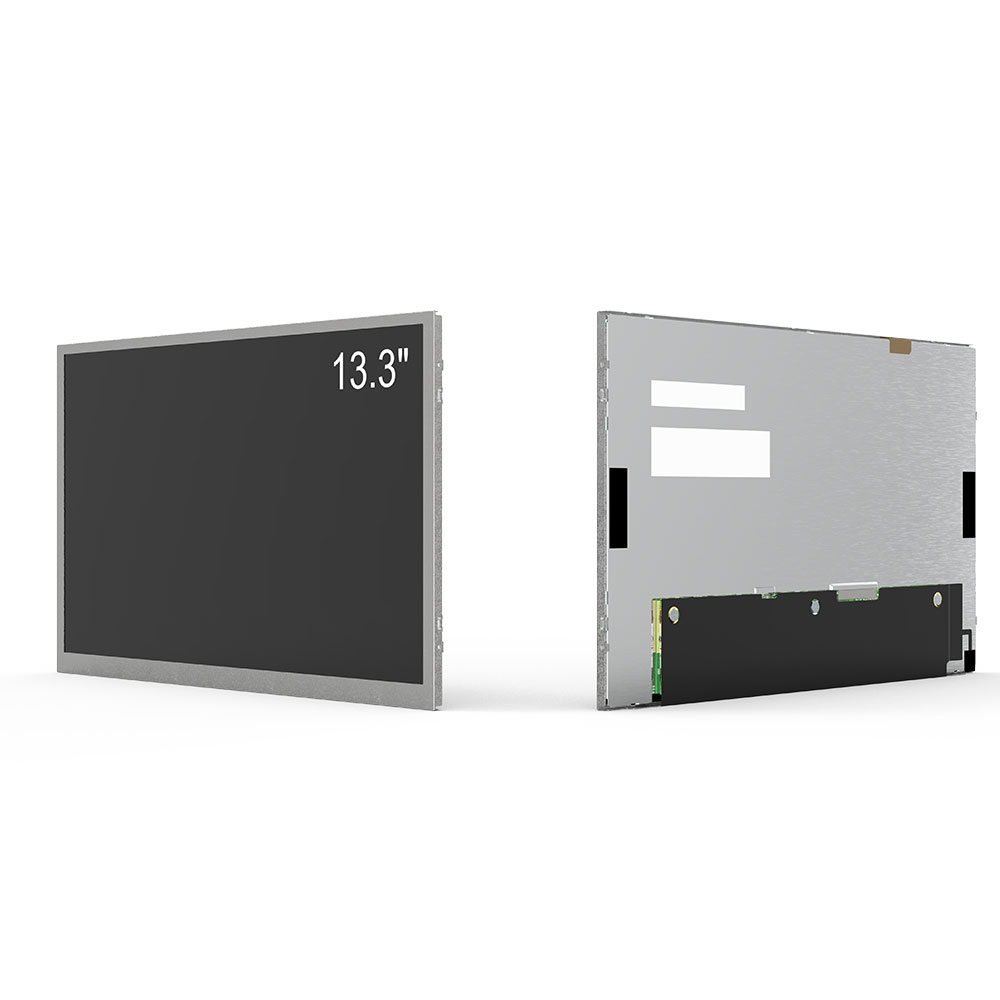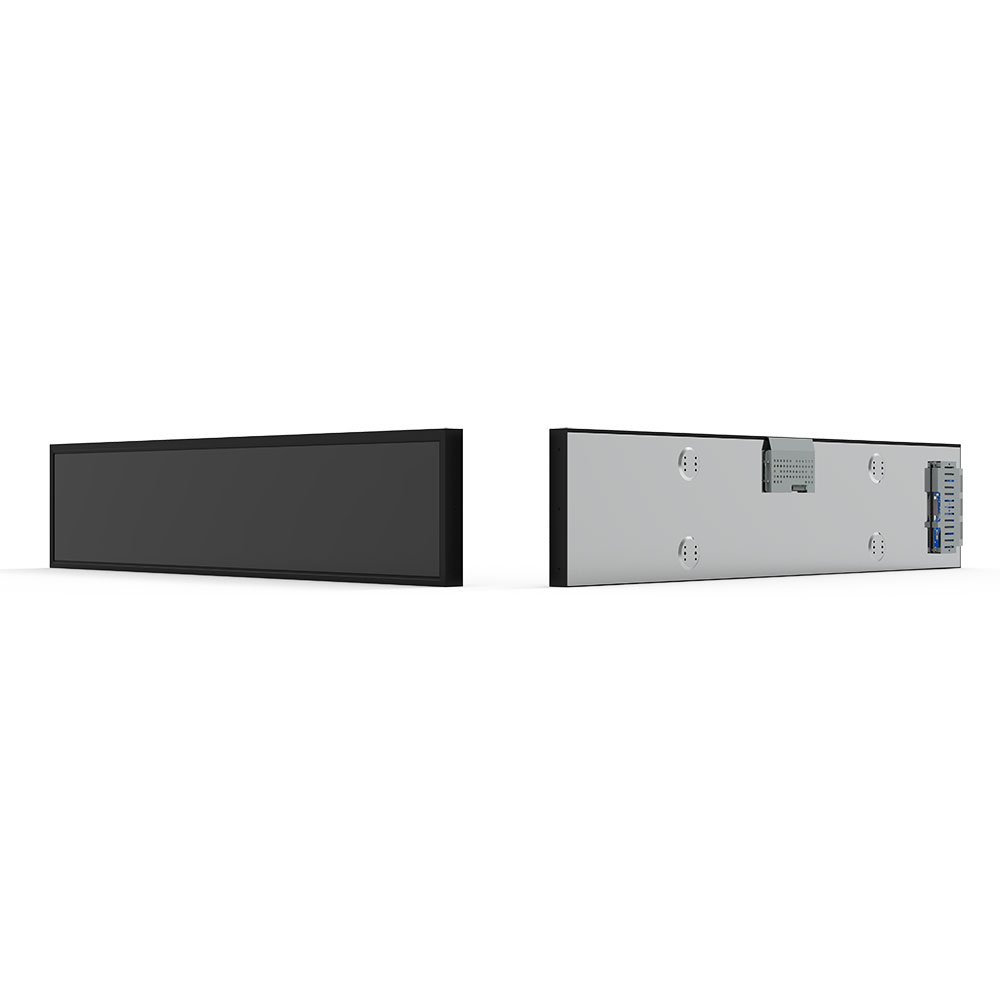商業,公共,または産業用の屋外LCDスクリーンを選択するとき,様々な環境条件で最適な性能,長期耐久性,高可視性を確保するために,いくつかの重要な要因を考慮する必要があります.北米、ヨーロッパ、アジアの大規模なLEDおよびLCDシステムの製造と展開で15年以上の経験を持つ屋外ディスプレイ技術のプロフェッショナルとして、私は高速道路デジタルサイネージから空港情報ボードやスタジアムスコアボードまで、何千もの現実世界のインストールを分析しました。この記事は,IP65/67の入侵保護評価,ANSI/IES RP-10-2014の照明ガイドライン,日光の読みやすさのための明るさ校正の最新の進歩などの業界標準に基づいて,その専門知識を実践可能な洞察に整理します.
明るさとコントラスト:屋外の可視性の核心

屋外環境における最も直接的な課題は、周囲光の干渉です。太陽光はピーク時間で10万ルクスを超えることができます - 典型的な屋内スクリーンの明るさ300〜500ニットをはるかに上回ります。このため、屋外LCDスクリーンはピーク明るさの少なくとも5,000ニットを達成しなければなりません。情報ディスプレイ協会(SID)によると、3,000ニット未満のディスプレイは直射日光でほとんど読み取れません。LG,Samsung,Sharpなどの主要なメーカーは,高効率LEDバックライトと防高高光コーティングを使用して,明るさを高め,電力消費を古いモデルと比べて最大25%削減しています.
未加工の明るさに加えて,コントラスト比は画像の明確性に重要な役割を果たします.最低コントラスト比5,000:1は,影のあるエリアや早朝/深夜の照明で読みやすさに不可欠です.いくつかのプレミアムアウトドアスクリーンには,リアルタイムでローカルダミングゾーンを調整するダイナミックコントラスト強化アルゴリズムが組み込まれており,周囲の光レベルが劇的に変動した場合でも,深いブラックと明るい色を保持します.
環境保護:IP評価と熱管理

屋外LCDは,雨,雨,屋外,雪,および-30°Cから+60°Cの温度変動を含む極端な天候に耐えなければなりません.国際電気技術委員会(IEC)の標準IP65は、水水水の射出や水水国国際電気技術委員会(IEC)の標準IP65により、国国国際国際電気技術委員会(IEC)の標準IP65は、国際国際国際国際電気技術委会(IEIP67(最高1メートルの浸水)などの高い評価は,洪水に洪水水しや建設現場モニターなどのモバイルユニットに推奨されています.
熱設計も同様に重要です。熱い気候では,未通風スクリーンエンクロージャの内部温度は,周囲空気より30°C上昇することができます.業界のベストプラクティスは,アルミニウムヒートシンクを通じて受動的な散熱と,低低業業業低業業業業界のベストプラクティスは,低業業業業界のベストプラクティスでは,低業業業業界のベストプラクティスは,ドバイのパーム・ジュメイラのケーススタディによると、適切な熱管理がないスクリーンは、2年以内にLCDパネルやバックライトモジュールの降解が最大40%早くなります。
ディスプレイ技術:LCD対LEDの正しい選択
LCD技術とLED技術の両方も屋外で使用されていますが,適切性はアプリケーションスケール,メンテナンス予算,望ましい解像度によって異なります.高解像度(例えば4K以上)を必要とする固定インストールでは、LCDは小さなスクリーン(100インチ未満)でコスト効率があり、エネルギー効率が保持されます。しかし,より大きなフォーマット (100+ インチ) の場合,LED ビデオウォールは,モジュール設計と寿命 (通常 100,000 時間) が長くなるため,優れた明るさの均一性,スケーラビリティ,および長期的なメンテナンスコストを低減します.
マイクロLED技術の最近の革新は,伝統的なLCDとLEDの間の線を模糊し始めています.MicroLEDディスプレイは,ピクセルレベルの制御を提供し,LCDで見つかる別々のRGBサブピクセルの必要性を排除し,効率が高く,カラーガムットカバーがよりよくなり,明るい都市環境の広告キオスクに最適です.
Power Efficiency and Sustainability
With rising electricity costs and global sustainability goals, power consumption is no longer just a secondary consideration—it’s central to deployment planning. The Energy Star program mandates that outdoor displays consume ≤1.5W per square foot at full brightness. Modern LCDs with adaptive brightness sensors reduce power usage by 30–50% by dimming automatically during low-light periods (e.g., night-time). Solar-powered options are also gaining traction; companies like BrightSign and Panasonic have launched solar-integrated units capable of running continuously in sunny regions using off-grid batteries.
Moreover, the Environmental Protection Agency (EPA) encourages the use of RoHS-compliant components, which eliminate hazardous materials like lead and mercury—a requirement increasingly enforced in EU and California markets.
Mounting and Structural Integrity
Even the best screen will fail if improperly mounted. Engineers must account for wind load, vibration, and seismic activity. For example, in hurricane-prone Florida, screens must meet ASCE 7-22 standards for wind pressure resistance (up to 120 mph). Mounting brackets should be made of corrosion-resistant materials like powder-coated steel or marine-grade aluminum. Installation depth must allow for airflow and cable routing—often overlooked but vital for longevity.
Real-world failures often stem from inadequate structural support rather than screen quality itself. One project in Seattle saw three screens collapse after winter ice accumulation due to insufficient anchoring. Always consult a structural engineer for complex installations involving cantilevered or rooftop-mounted units.
メンテナンスとリモートモニタリング
A robust outdoor screen system requires proactive maintenance schedules and remote diagnostics. Most modern outdoor displays come equipped with built-in health monitoring software that tracks panel degradation, backlight intensity, fan performance, and temperature thresholds. Platforms like Crestron and Extron enable centralized management of multiple screens across cities or campuses via cloud-based dashboards.
Preventive maintenance every 6–12 months—including cleaning lenses, checking connections, and calibrating brightness—is essential. Dust buildup alone can reduce effective brightness by up to 15%. In dusty desert environments like Arizona, monthly cleaning may be necessary to maintain compliance with visibility standards set by transportation authorities.
Case Study: Airport Digital Signage in Singapore Changi Terminal
Changi Airport deployed 800+ outdoor LCD screens across its terminals in 2022. Each screen met the following criteria:
- Minimum 7,000 nits brightness
- IP65 rating with heated glass option
- Built-in ambient light sensor for auto-brightness adjustment
- Redundant power supply and UPS backup
- Remote firmware updates via MQTT protocol
Results showed a 35% reduction in energy consumption and a 90% decrease in service calls within the first year. The airport’s IT team reported that the ability to remotely monitor and adjust each unit reduced downtime significantly, proving that smart design trumps brute force.
結論
Choosing the right outdoor LCD screen involves balancing brightness, environmental resilience, power efficiency, mounting strategy, and ongoing maintenance. While price is tempting, investing in quality upfront saves money over time through reduced failures, lower energy bills, and improved audience engagement. Whether you’re managing a retail chain, city-wide traffic system, or event venue, understanding these parameters ensures your investment delivers lasting value—and stands up to the elements, season after season.
2025-07-31
2025-09-27
屋外LCDスクリーンの明るさの基準と現実世界のパフォーマンスメトリックス2025-10-05
屋外の高明るさLCDディスプレイがスマートシティの乗客情報システムを変革している方法2025-08-01
液晶ディスプレイ解像度